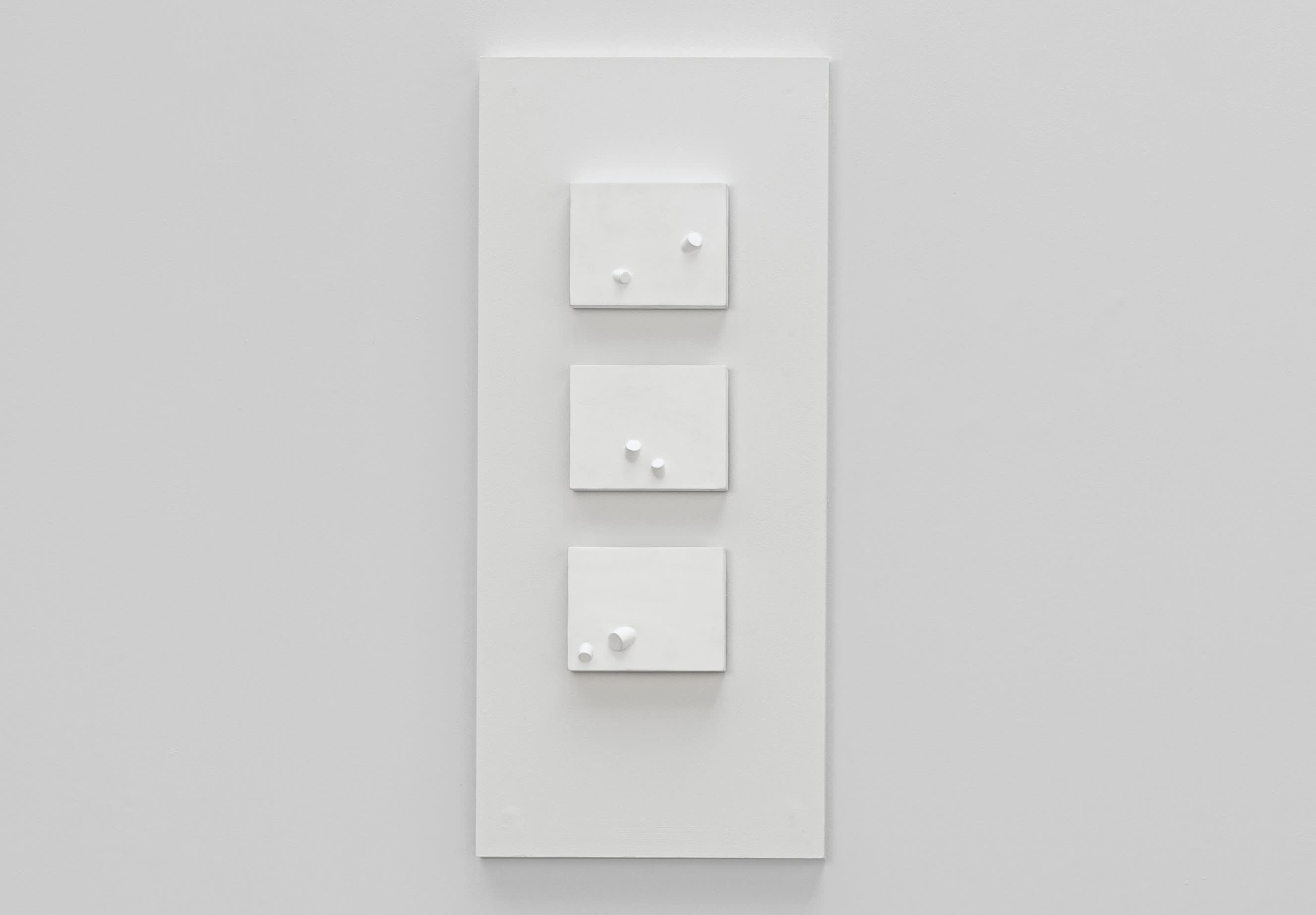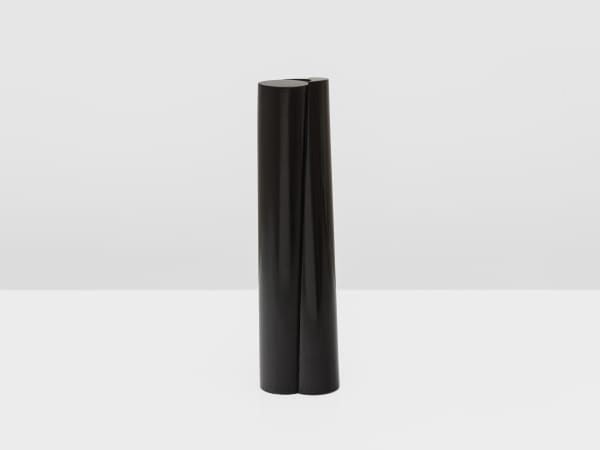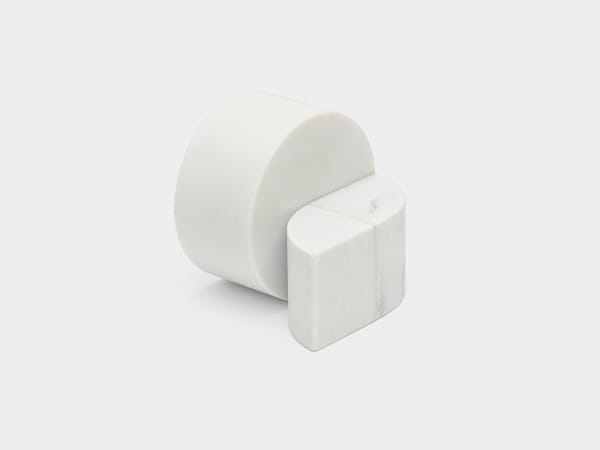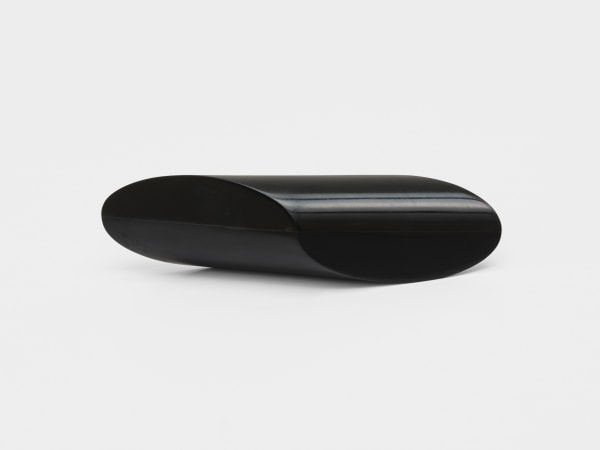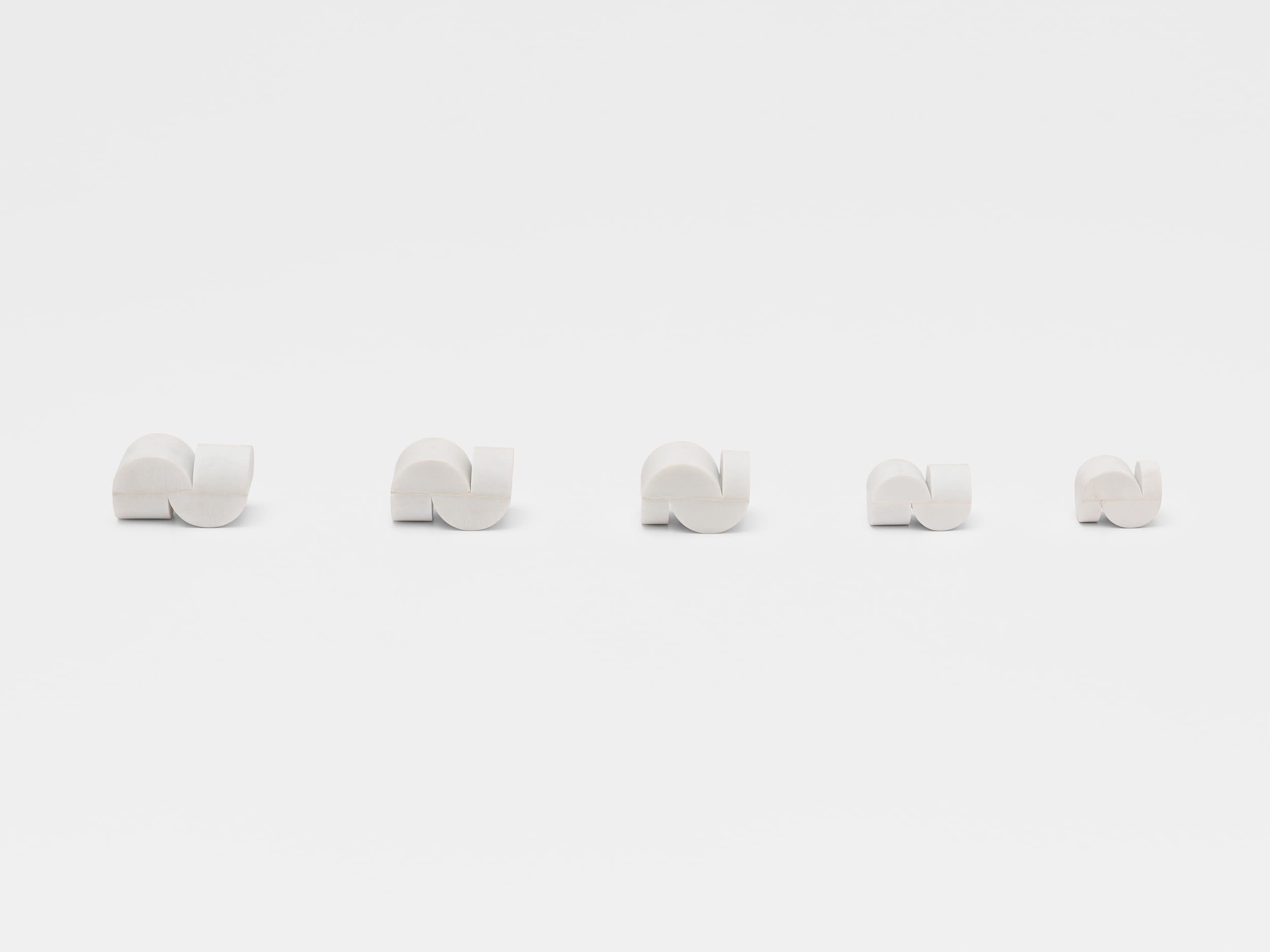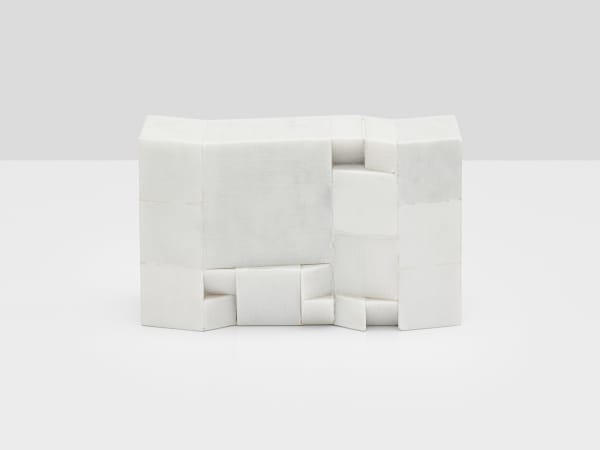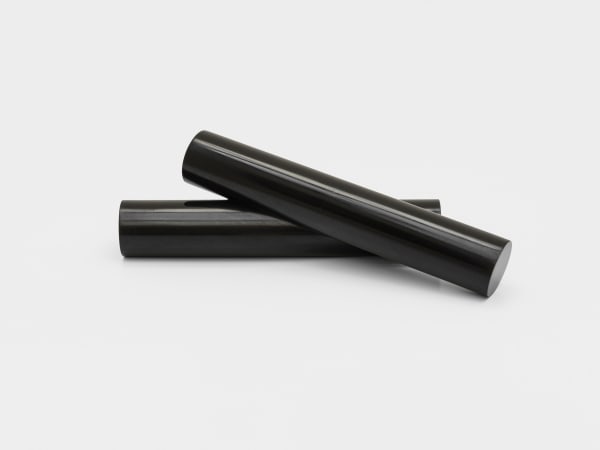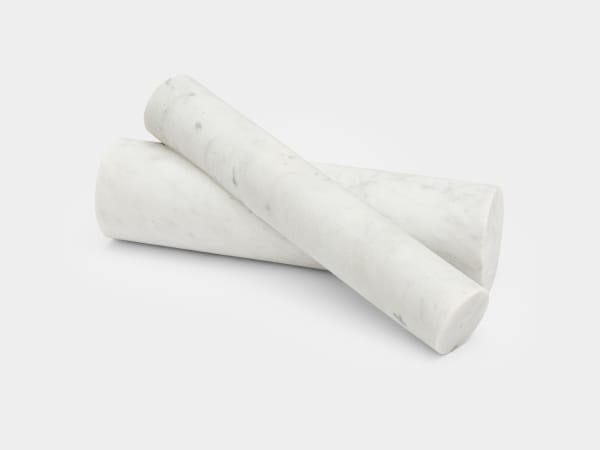-
Sergio Camargo : Light Forms
3 February - 9 March 2023 -
Cecilia Brunson Projects is pleased to begin the programme for 2023 with a solo exhibition by the esteemed Brazilian sculptor, Sergio Camargo (1930–1990). This will be the first UK show to focus exclusively on his small-scale work and consists primarily of the artist’s Carrera marble and black Belgian sculptures, and also includes an early, figurative, bronze sculpture and triptych wood relief. This exhibition has been conceived in association with the artist’s estate and Galeria Raquel Arnaud, São Paulo. We are also grateful to the Instituto de Arte Contemporânea, Brazil for the archival images and documentation.
-
-
 O vento [The wind] [Série Mulheres], 1954, Bronze, 51 x 36 x 26 cm (20 1/8 x 14 1/8 x 10 1/4 in)
O vento [The wind] [Série Mulheres], 1954, Bronze, 51 x 36 x 26 cm (20 1/8 x 14 1/8 x 10 1/4 in) -
![O vento [The wind], 1954 is one of Camargo's first figurative bronze sculptures from his Série Mulheres. The sculpture beautifully...](data:image/gif;base64,R0lGODlhAQABAIAAAAAAAP///yH5BAEAAAAALAAAAAABAAEAAAIBRAA7)
-
 Untitled (#3), 1965-66, Painted wood relief, 12.5 x 15.5 x 4.5 cm (4 7/8 x 6 1/8 x 1 3/4 in)
Untitled (#3), 1965-66, Painted wood relief, 12.5 x 15.5 x 4.5 cm (4 7/8 x 6 1/8 x 1 3/4 in) -
By the early 1960s, Camargo moved from the soapstone and bronze of his early work to the more pliable materials (sand, wood and plaster). Untitled (No. 3), 1965-66 is a beautiful minimalist triptych of Camargo’s now iconic white wall reliefs. In a calculating sensory experiment, the artist places two wooden-dowels of differing sizes and floats them at varying distances in each panel. Seen together the triptych is an exploration into subtle interplay of light, volume, tactility and logic.The potential of the cut cylinder as an artistic trope was discovered by pure accident; one day when cutting an apple to eat, Camargo sliced off nearly half the fruit and then made another incision at a different angle to take a piece to eat. The two resulting planes constructed a simple interplay of light and shadow, which immediately caught the artist’s attention and provided the ultimate synthesis of what he had previously been working towards.
-
-
The focus of this exhibition is work from the 1970s and 1980s when Camargo moved away from the wood reliefs and started to produce marble sculptures of varying sizes, orientation and organisation. The stone used - either Carrera marble or Black Belgian limestone - was sourced from Europe and he later set up a studio in the town of Massa, Tuscany.
This shift in his practise collapsed post war minimalism with a classical understanding of geometric sensuality. Camargo approached this series with an Brâncușian sense of the simple sublime. He wanted to explore the possibilities of minimalism and classical balance in order to create sculptures that are eternally and absolutely beautiful. As Ronald Brito observes, Camargo wanted to express minimal mass with maximum density. He used the light absorbing Carrera marble and the reflective Belgian Black in order to play with and distort the feeling of volume.
-
-
-
 Untitled, 1970s, Carrara marble, 27 x 24 x 10 cms (10 5/8 x 9 1/2 x 4 in)
Untitled, 1970s, Carrara marble, 27 x 24 x 10 cms (10 5/8 x 9 1/2 x 4 in) -
Starting with solid cylinders, spheres and cubes, Camargo would cut the marble vertically and horizontally before combining and recombining elements in subtle seriality. The five works combining to make Untitled, 1970s beautifully demonstrate the process of progressive reasoning; there is a coherent but unpredictable relationship between each individual sculpture. Talking about this series Camargo said 'mass forms itself, organises itself, designs itself in its own living space...they are only what they can be.'
-
Artistically, Camargo has often been linked with either the Neo-Concrete constructivism or Op Art kineticism of Brazilian colleagues such as Lygia Clark, Mira Schendel and Hélio Oiticica (a trio he introduced to Signals Gallery in London, after he showed there himself in 1964), but he was never clearly aligned with any one movement. Consequently, Camargo stands apart from many of his contemporaries, although he found a kindred spirit and a frequent collaborator in the father figure of Brazilian modernist architecture, Oscar Niemeyer – for whose Foreign Ministry building in Brasília (1965-67) he produced a 25-metre long wall composed of jagged, angular protrusions.Many of these smaller format marble sculptures were made to help visualise several large scale works for public spaces. These included: the structural wall of the Palace of the Ministry of Foreign Affairs in Brasilia; the Triptych of the Bank of Brazil in New York; the column Homenagem a Brancusi, for the Faculty of Medicine in Bourdeaux, France; a sculpture in Praça da Sé, in São Paulo; and a monument for the Catacumba Park in Rio de Janeiro.
-
Camargo achieved international recognition at the Venice Biennale (1966 and 1982) and Documenta IV (1968). He was awarded the International Sculpture Prize at the 1963 Paris Biennale and the same honour at the VII Bienal de São Paulo in 1965. After his death in December 1990, an international travelling exhibition was held in several museums abroad and a permanent exhibition of his works is displayed at the Paço Imperial in Rio de Janeiro. The artist's archives are under the care of Instituto de Arte Contemporânea, São Paulo, and Galeria Raquel Arnaud, São Paulo has represented the artist’s estate since 1990.His work are in prestigious public and private collections including: the Albright-Knox Art Gallery, Buffalo, New York; the Birmingham Museum of Art, Birmingham, Alabama; the Dallas Museum of Art, Dallas, Texas; the Fundación Cisneros, Colección Patricia Phelps de Cisneros, New York; The Gromholt Collection, Oslo; the Hirshhorn Museum and Sculpture Garden, Washington, DC; the Kunstmuseum, Bern, Switzerland; the Los Angeles County Museum of Art, Los Angeles, California; the Musée national d’art modern—Centre Pompidou, Paris, France; the Museum of Fine Arts, Houston, Texas; The Museum of Modern Art, New York; and the Tate Gallery, London, England, amongst others.

![O vento [The wind], 1954 is one of Camargo's first figurative bronze sculptures from his Série Mulheres. The sculpture beautifully...](https://artlogic-res.cloudinary.com/w_620,h_620,c_limit,f_auto,fl_lossy,q_auto/artlogicstorage/cbprojects/images/view/3b7def7fb1aca78e3707dc3c90f47693j.jpg)
